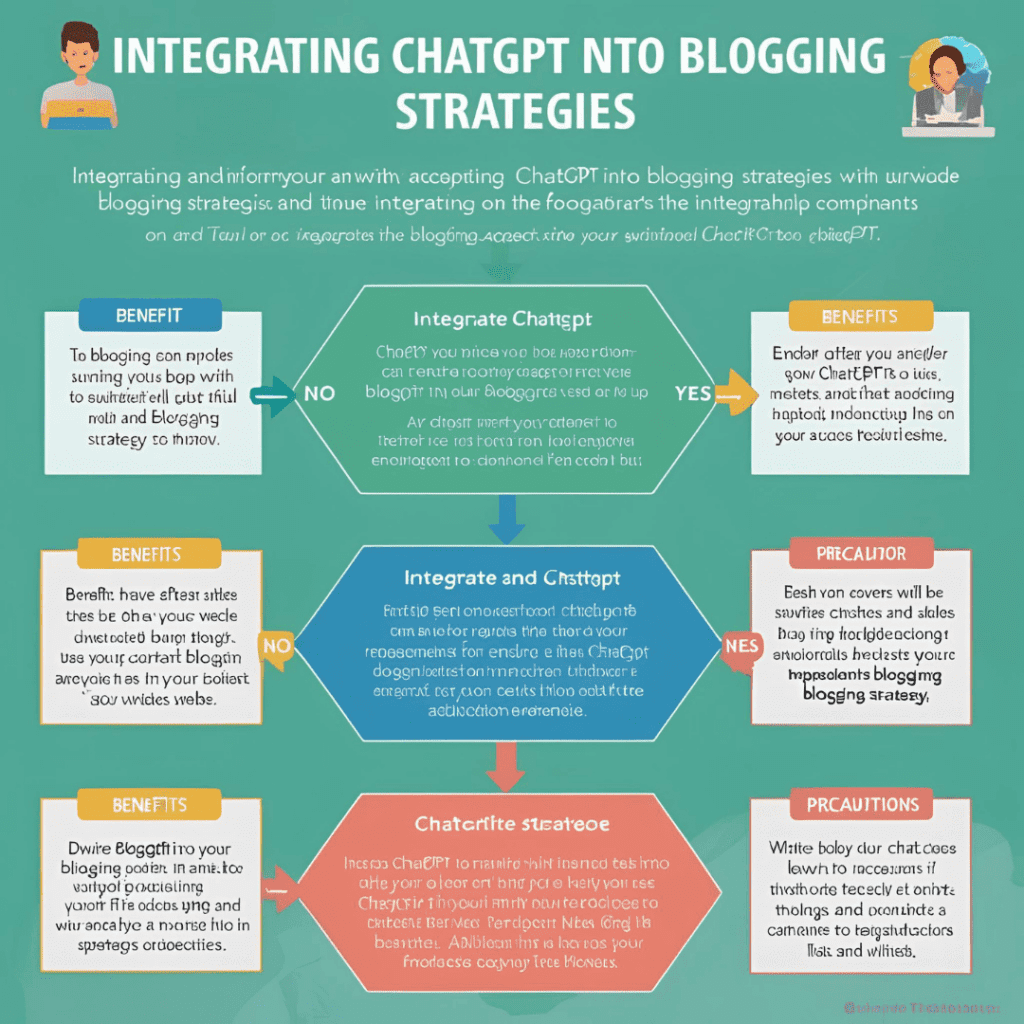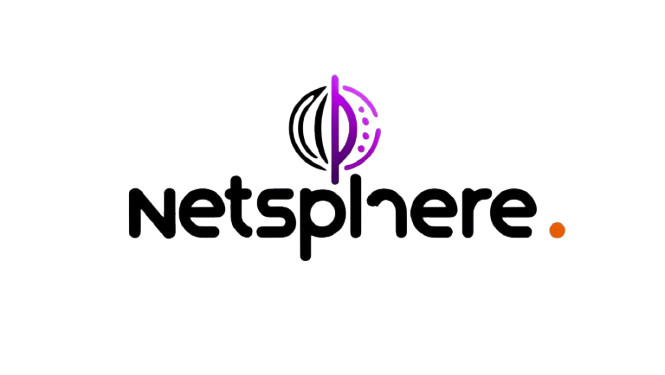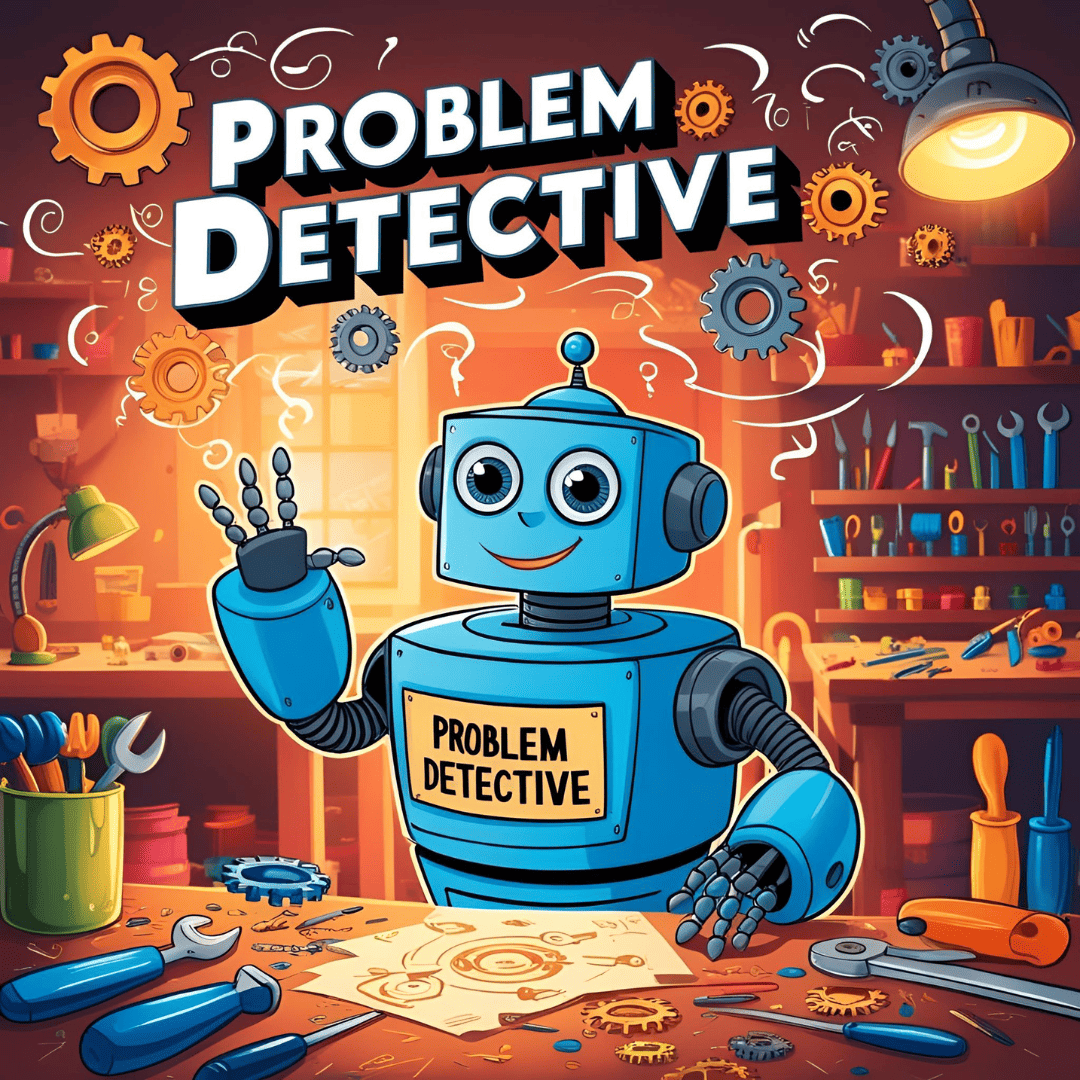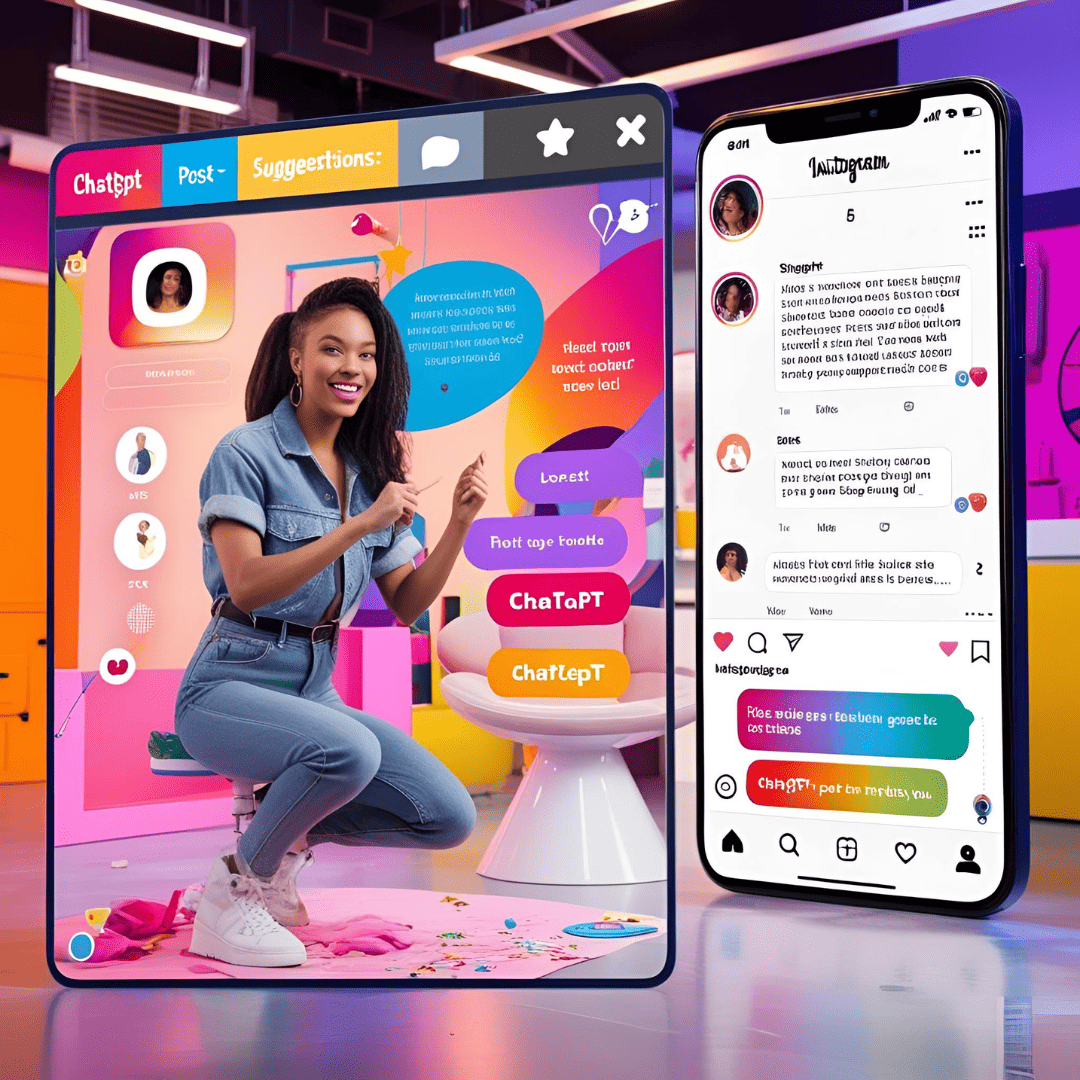The use of artificial intelligence (AI) is becoming increasingly common in digital strategies—and ChatGPT, developed by OpenAI, is one of the most powerful tools to boost content production. When used properly, ChatGPT can transform the way you plan, create, and optimize blog articles. However, like any technology, it requires attention and responsible use.
Benefits of Integrating ChatGPT into Your Blog
1. Content Creation Efficiency
ChatGPT significantly speeds up the writing process. It can generate outlines, full paragraphs, and even complete articles based on well-structured prompts. This means less time writing from scratch and more time optimizing and publishing relevant content.
2. Idea Generation and Topic Research
Struggling with creative blocks or finding relevant blog topics? ChatGPT can help. Simply ask:
“Suggest 10 blog post ideas for the niche [your main topic]”
The AI can identify trends and high-interest topics, making it a powerful ally during the planning phase.
3. SEO Optimization
ChatGPT assists in article optimization by suggesting:
- Engaging, keyword-rich titles
- Persuasive meta descriptions
- Logical structure with H2 and H3 subheadings
- Effective CTAs
- Smart use of secondary keywords
These suggestions align your content with SEO best practices, increasing your chances of ranking well on Google
.

4. Versatility and Tone Adaptation
The AI adapts to different writing styles, producing everything from technical content to casual blog posts, depending on your audience’s profile.
5. Consistent Publishing
ChatGPT helps maintain a regular publishing schedule—a critical factor for organic blog growth. It also ensures consistent tone and style across your posts.
Essential Precautions When Using ChatGPT
1. Fact-Checking is Crucial
Despite its intelligence, ChatGPT does not replace fact-checking. It can generate plausible but incorrect information. Always validate stats, quotes, and claims with reliable sources.
2. Avoid Generic Content
Over-relying on ChatGPT can result in bland or repetitive text. Make sure to personalize the content with your unique voice, real-life examples, and niche-specific insights to provide real value.
3. Mind the Technical SEO
ChatGPT doesn’t handle technical SEO—things like page speed, HTML tags, and mobile optimization still require manual attention and expertise.
4. Plagiarism Awareness
Although ChatGPT generates original content, it can sometimes resemble common sources. Use plagiarism checkers to ensure your content is unique.
5. Align with Your Target Audience
AI-generated text may not always match your audience’s tone or needs. Tweak the language, references, and formatting to ensure the message resonates with your readers.
Conclusion: ChatGPT is a Tool, Not a Substitute
ChatGPT is a powerful ally in your content strategy, but it should be used with care. It doesn’t replace human judgment, writing experience, or deep niche knowledge. Use it as a creative assistant, blending speed and innovation with your human touch through editing, verification, and personalization.
By strategically integrating ChatGPT into your blog, you’ll boost productivity, improve your Google performance, and deliver greater value to your audience—without sacrificing authenticity.









